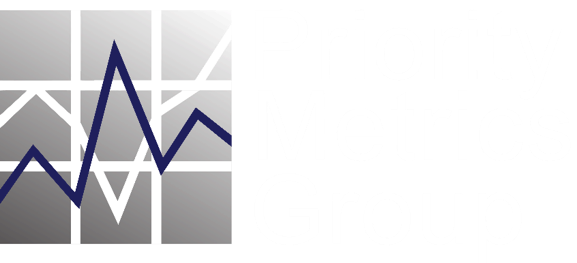
B2B Acquisition Target Markets: Narrowing the Field
When looking for potential B2B acquisition target markets, it can be challenging to know where to start. With the right approach and understanding of what to look for, companies can narrow the potential markets to a few on which to focus more targeted efforts. This blog post will discuss how to find B2B the most attractive markets for potential acquisitions and what to consider when evaluating them.
Define Your Ideal Target Market
Based on NAICS codes, there are hundreds of potential markets one could consider entering via acquisition. Therefore, having a process to narrow the field is essential to success. The first step is to define your ideal target market; in other words, what would make a market attractive to your company? This may include industry type (manufacturing, service, tech, etc.), market size, growth potential, industry knowledge, geographic location, competitive intensity, and customer concentration. Defining the elements of market attractiveness can help you narrow your search and make better decisions when evaluating potential target markets.
Once these attractiveness attributes are defined, one of the most effective methods to identify the most attractive markets is to develop a fit/attractiveness matrix. The matrix can be used to create an overall attractiveness score for each of the markets under consideration. An example of a matrix is shown in below:

In the above example, a score is given to each attribute listed on the left of the matrix. The scores are derived from research (both secondary and primary) conducted for each listed market. By assigning a numeric value to each of the individual fit or attractiveness scores, an overall attractiveness score can be developed for each studied market. In the above example, Market 6 and Market 8 are the most attractive. In addition, one may weigh each attribute score to make the model more accurate, as some are often more important than others.
Move from Market to Target Companies
Identifying potential companies to target for acquisition tends to be more tedious than markets because there are a lot of companies to consider, and ownership situations are a critical piece of the puzzle. Therefore, the value of narrowing the playing field is often greater when identifying individual companies. Now that the most attractive markets have been identified and the field narrowed, your company will be more efficient in identifying specific companies for potential acquisition.
A standard method of identifying and narrowing the list of individual company acquisition targets is to create or purchase a list and to contact each company to assess interest. Many private equity firms have a call center (in-house or outsourced) that calls through these lists. It may take over 1000 calls to identify a potential acquisition candidate.
A similar fit/attractiveness process can also narrow the field of likely target companies by modifying the attributes to answer the question, “What makes a company attractive to us?” Standard company attractiveness characteristics to consider are the ownership situation (public or private), location, revenue, number of employees, competition, and IP. All of these attributes can be used to narrow the list of potential acquisition candidates before beginning the expensive and arduous task of conducting individual phone calls. Also, since most of the company information is publically available, a more targeted list of companies meeting your criteria can be developed quickly and economically.
Reach Out to Potential Candidates
Identifying attractive markets and companies for potential acquisitions is arduous, so using a data-driven process to narrow the potential field of markets and companies to target for investment can be extremely valuable. Suppose you can consolidate the potential candidate list of acquisition targets from thousands to a few hundred companies that have already passed a market and company-specific vetting process. In that case, much of the expensive personal contact element of the process is eliminated. The benefits are a more streamlined and cost-effective process yielding superior investment results.

